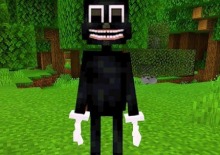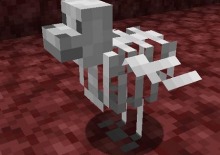Advertisement
98xx
98xx recreates the interface of a long-forgotten operating system from the late 1990s. The desktop is filled with pixel icons, unused folders, and programs that still open despite their age. Some applications are simple—drawing tools, basic editors, and games with limited resolution. At first glance, everything appears intact, but closer inspection reveals inconsistencies. Files respond slowly, names shift, and windows don’t always behave the way they should. The OS feels preserved, but something under the surface resists full control.Familiar Programs With Gaps
Among the available software in 98xx, several games seem playable, including platformers, matching puzzles, and arcade shooters. One title—Jumping Julian—stands out. It begins with standard mechanics but gradually introduces interruptions. Visual artifacts, distorted audio, and system-level errors affect the experience. Other files connected to the OS, like Talking Gerald or Dancing with Darcy, contain unexpected behavior as well. The environment starts to feel more like a simulation unraveling than a working interface.You open folders, launch programs, and wait to see which ones act normally and which ones don’t. Text files hold clues, audio files loop in strange ways, and security settings may open paths that weren’t visible before. The OS creates a sense of being watched without using direct threats. Each session with the system feels like a step deeper into something that was never meant to be recovered.








































































































